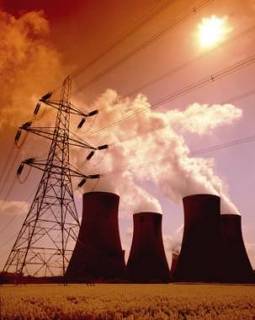Blueprint for energy security

Strategy to secure a sustainable EU energy supply and support economic growth over the next decade.
Energy 2020 is a plan to cut consumption, boost market competitiveness, secure supplies, meet the EU’s climate change goals and coordinate negotiations with suppliers.
As energy demand is expected to rise quickly once the recession ends, the strategy aims to prevent shortages and support economic growth. Consumers will benefit from more competitive prices for oil, gas and electricity.
The commission plans to propose new laws and other measures over the next 18 months to advance the following priorities.
Cutting consumption
The EU would promote more energy efficiency in the transport sector and in buildings – the two areas where consumption can be cut the most. Homeowners, landlords and tenants would get incentives for renovations and other energy–saving measures. Local and national governments would consider energy efficiency when buying products and services. Better energy labelling would push manufacturers to develop more efficient products.
Creating a single market by 2015
Current barriers to opening up national markets for energy would be dismantled. Investment of about €1 trillion is needed to complete a modern pan–European electrical grid connecting all countries, allowing them to distribute supply wherever needed. Projects and funding to upgrade and extend the grid would be fast–tracked. Offshore wind and solar sources would be better connected to the grid, encouraging more investment in renewable energy.
Bargaining as a bloc
Rising imports and lower domestic production mean EU countries face tougher competition overseas for oil, gas and coal supplies. Recent disruptions to supplies from Eastern Europe demonstrated the need for coordinated action. The EU would join together in bargaining with suppliers, giving its members more negotiating power on international markets than if they acted alone.
Innovating
The EU would launch projects to promote energy efficiency in urban areas, better electricity storage technologies, new types of biofuels and smart grids that are able to distribute electricity according to consumption patterns.
Informing consumers
Consumers would be empowered to make price comparisons and to easily switch suppliers, who would have to provide them with clear details about their bills.